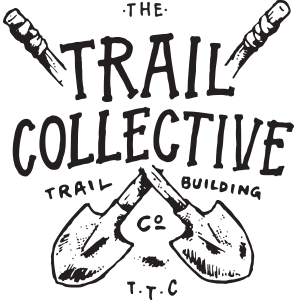Below you will find our ‘How To Series’ for looking after your soil based pump tracks, bike parks or trails. Follow these simple instructions to ensure longevity of your asset and amenities for years to come. Be sure to check back from time to time for updated videos and content.
HOW TO VIDEOS /
HOW TO - HOSE REEL.
Why are hose reels necessary?
A hose reel is important part of your facility, it allows users to have public access to water to wet down the site before and during riding. This instructional video shows you how to use our hose reels effectively and efficiently for your pump track, bike park or trail.
Enjoy!
HOW TO - WATER.
Why do I need to water?
Naturally soil dries out, when ridden it causes the dirt to crumble, erode and fall away. In most cases it turns dusty and organically deteriorates into uneven and un-smooth surfaces, take-offs and landings.
In order to keep rider’s safe and happy, they need a smooth, fast and compact riding surface. Watering keeps the dust down, improves the compaction as you ride (aka blue groove) and retains its shape and smoothness.
Watering is the best way to get the most from your facility.
Enjoy!
HOW TO - REPAIR & RESURFACE / METHOD # 1.
Why do I need to repair and resurface?
Over time and in times of heavy use your facility and its features will wear and become bumpy, uneven and potentially unsafe if left without maintenance. Let alone not being very fun nor enjoyable to ride.
The transition of any feature will need repair and resurfacing as required. Resurfacing will give users the best riding experience possible and following this simple method it will get users riding their bikes sooner rather than later.
This instructional video is number 1 of 2 methods on how to conduct these repairs.
Enjoy!
HOW TO - REPAIR & RESURFACE / METHOD # 2.
Why do I need to repair and resurface?
Over time and in heavy use your facility and its features will wear and become bumpy, uneven and potentially unsafe if left without maintenance. Let alone not being very fun to ride for it’s users. The transition of any feature will require repair and resurfacing as required.
Resurfacing will give users the best riding experience possible. This application is suited for more substantial repairs, divots or holes in your transition/s.
This instructional video is number 2 of 2 methods on how to conduct these repairs.
Enjoy!
HOW TO - TARP.
Why do you tarp and what are the benefits of tarping?
The tarping of your facility protects elements and features from weather conditions.
This works in two ways – During the winter months (off-peak season), tarping prevents your features from eroding and getting too wet. Without a tarp it can cause erosion and uneven surfaces from the rain and potential breakdown or collapse if they become waterlogged. When tarps are taken off, you are left with the same surface you covered it with, reducing maintenance or repair of ruts and erosion or worse.
In the summer months (peak season) these work in the opposite way by preventing your feature from drying out rapidly and keeping the moisture in ready for that next water and riding session. This also protects from the harsh sun conditions and in most cases can cause the tarp to generate condensation under the tarp to naturally wet the feature when not in use.
It is always recommended when removing the tarp and weights to safely place it away from the riding paths or in a safe place nearby. This is usually between the feature or behind it. Tarps can also be installed in a way to be rolled up and stored at the back of a feature for easy re-application after your ride.
Enjoy!

